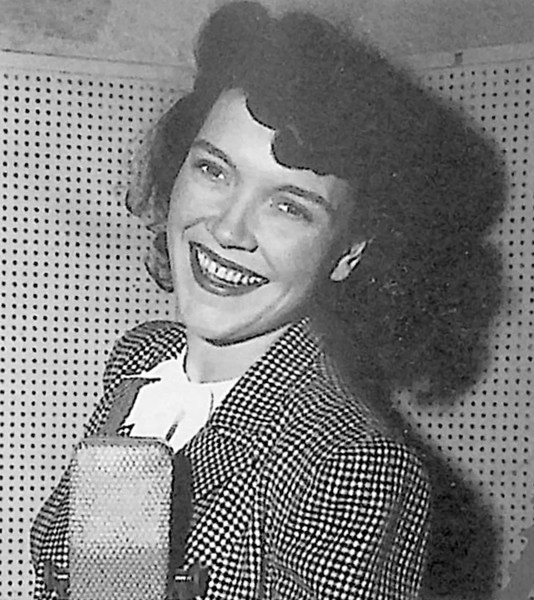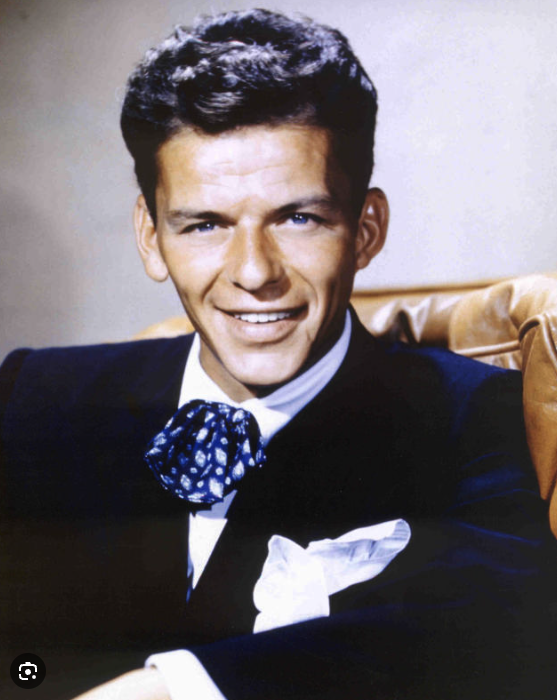
The making of Hollywood films is a very large itch that must be constantly scratched. In the early part of the 20th Century, the developing film business recruited storylines and talent from a variety of sources: radio, Broadway, vaudeville, and burlesque. Add to this list the music industry and those who top its charts.
During the War years, there was a surge of “musical/comedy” movies that were basically filmed music numbers sandwiched in-between extremely thin story lines. They may not have been great movies in the traditional sense, but they sure showcased a lot of great music.
During the 1930’s-40’s, a variety of musical genres were popular, and the Top 3 were likely big band music, swing jazz, and country music. To a lesser degree, Latin music, including rumba, calypso, and mambo, was popular as well.
Swing jazz was really big, an offshoot of the big bands, ushering in the so-called Swing Era from 1935 to 1946. There was another trend afoot, the “bobby soxer” era with adolescent girls swooning over young male crooners … enter Frank Sinatra.
Swing jazz was characterized by a strong rhythmic groove, a big band sound, and a blend of improvisation and arranged sections.

The most popular Big Bands of the 1940s were led by Glenn Miller and Tommy Dorsey. The film Reveille with Beverly, released in February, 1943, does not have either Miller or Dorsey, but it does have two of the greatest black bands ever assembled: the Duke Ellington Orchestra playing “Take the ‘A’ Train;” and Count Basie and His Orchestra playing “One O’Clock Jump.” Also appearing were The Mills Brothers, the first black artists to have their own show on national network radio (on CBS in 1930), and the Bob Crosby Orchestra, led by Bing’s little brother.
There is also a skinny kid from Hoboken, New Jersey named Sinatra, who sings “Night and Day.” It was the first movie in which he is listed among the film credits at the end, although it was his third film appearance.
The movie trailer for ‘Beverly’ does not specifically feature the crooner Sinatra, who was 37 when it was released. Instead, it leads with Ella Mae Morse singing her (then) very popular single, “Cow Cow Boogie,” accompanied by the Freddie Slack Orchestra. She recorded the hit when she was 17.

These musical numbers are interspersed with a story about Beverly, a radio DJ played by Ann Miller, who also sings and dances. There was a real radio program called “Reveille with Beverly” created on Denver radio station KFEL that ran from 1941 to 1944. It was picked up by Armed Forces Radio Network and, via the movies, ultimately Hollywood. Sinatra would go on to make 40-plus movies. Morse stopped recording in 1957, but performed and toured into the 1990’s. She was one of the first white singers whose recordings crossed over into the Rhythm and Blues charts.

